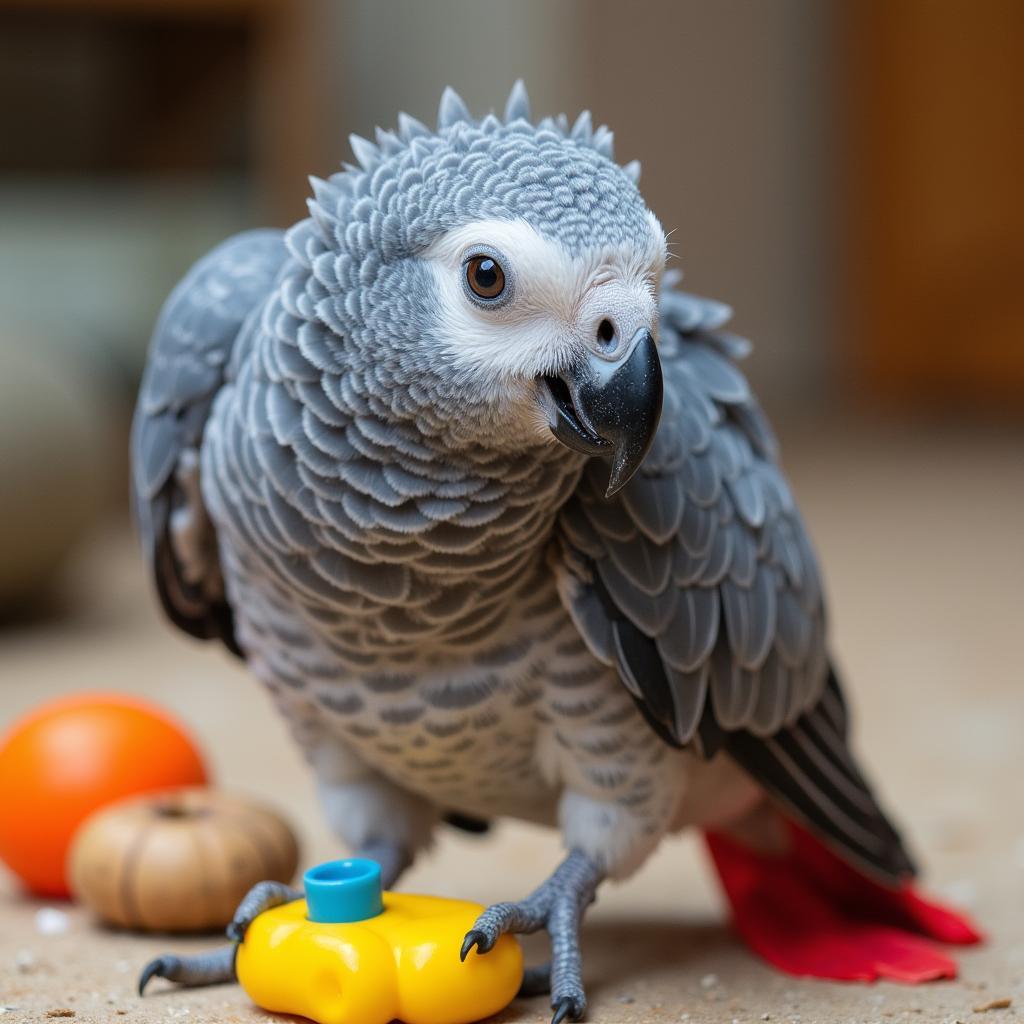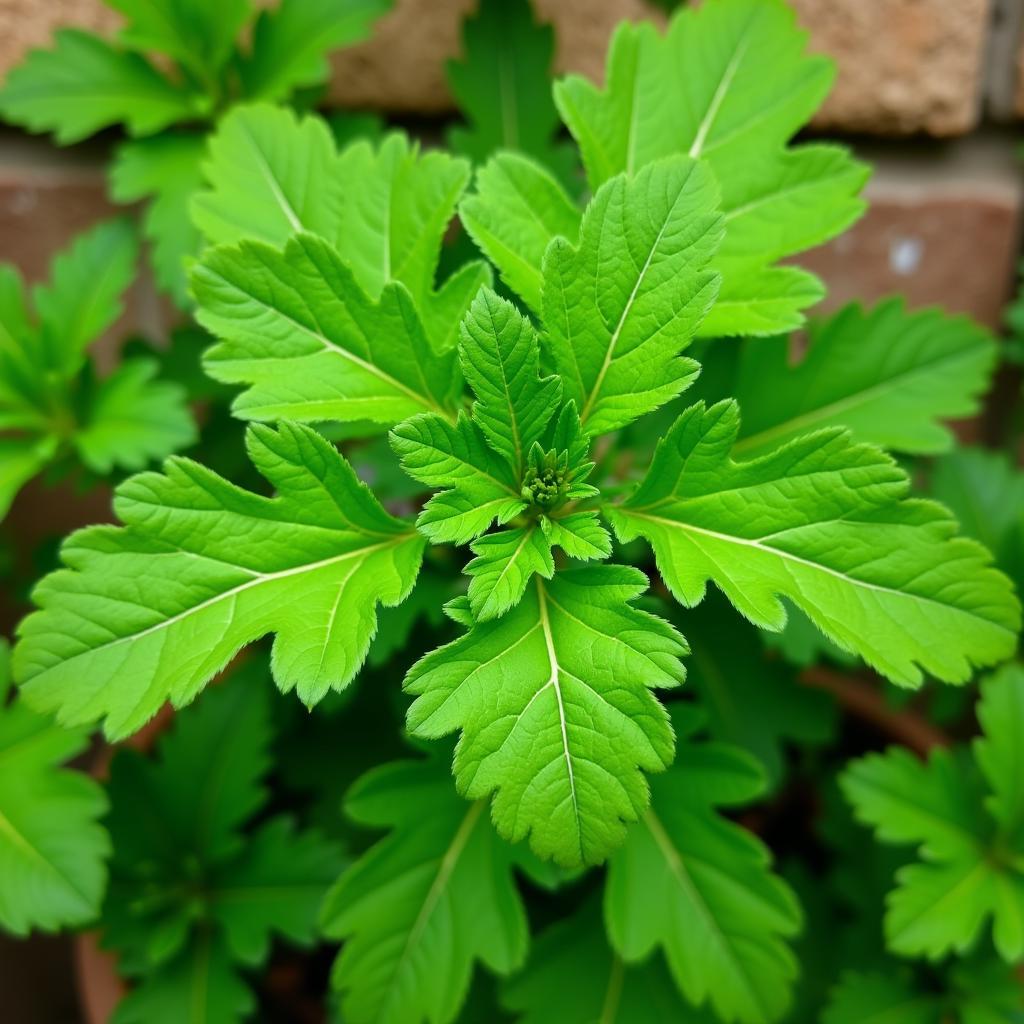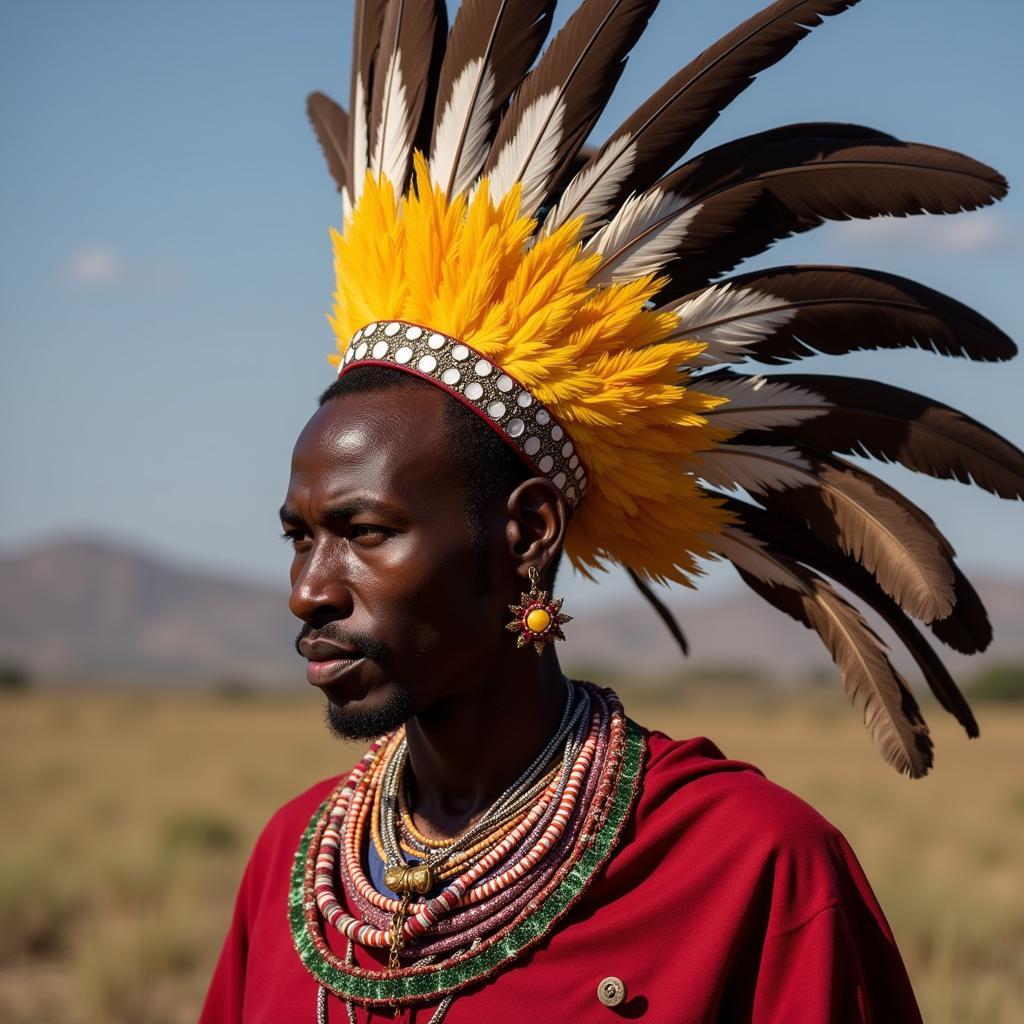Captivating African Grey Monthwise Images: A Journey Through the Year
African Grey Monthwise Images offer a fascinating glimpse into the life and development of these intelligent birds. From their fluffy chick days to their mature, silver-feathered elegance, each month reveals a unique stage in their growth, offering bird enthusiasts and prospective owners a visual journey through the African grey’s captivating lifecycle. This article will delve into the nuances of their development, offering insights into the physical changes, behavioral shifts, and care requirements that characterize each month of an African grey’s early life.
The First Few Months: A Symphony of Transformation
The first few months of an African grey’s life are a period of rapid and remarkable change. Newborn chicks are typically covered in soft, downy feathers, a stark contrast to the sleek grey plumage they will later develop. Their eyes are closed, and they rely entirely on their parents for warmth and nourishment. As the weeks progress, these tiny creatures undergo a dramatic transformation.
During the first month, their eyes begin to open, revealing a world of new sights and sounds. Their downy feathers gradually give way to pin feathers, the precursors to their adult plumage. By the second month, they start to show signs of their characteristic grey feathers, although their coloring is still somewhat patchy. They also become more active and begin to explore their surroundings, taking tentative steps towards independence.
The third month marks a significant milestone in their development. Their grey feathers become more prominent, and they start to resemble miniature versions of their adult counterparts. They become increasingly vocal, experimenting with different sounds and mimicking the calls of their parents or other birds in their environment. Their coordination improves, allowing them to perch more confidently and explore with greater agility.
Navigating the Middle Months: Developing Personality and Skills
From months four to six, African greys continue to mature, both physically and behaviorally. Their plumage continues to develop, filling in any remaining patches and gradually attaining the signature silver-grey hue that defines the species. Their beaks and feet also become stronger, enabling them to manipulate objects with greater dexterity and explore their environment more thoroughly.
 Four-Month-Old African Grey Exploring
Four-Month-Old African Grey Exploring
This period is crucial for social development. Young African greys learn important social cues from their parents and siblings, including communication, foraging, and play behavior. They also begin to develop their unique personalities, exhibiting individual preferences and quirks. Providing a stimulating and enriching environment during these formative months is essential for their cognitive and emotional well-being.
The Later Months: Approaching Adulthood
Between months seven and twelve, African greys transition into young adulthood. Their physical development is largely complete, with their plumage attaining its full, vibrant coloration. Their beaks and feet are fully developed, allowing them to engage in complex behaviors such as cracking nuts and manipulating objects with precision.
Their cognitive abilities continue to sharpen during this period. They become increasingly adept at problem-solving, mimicking sounds, and learning new skills. Their capacity for language acquisition also becomes apparent, as they begin to associate words with objects and actions. This is the ideal time to begin formal training, introducing them to basic commands and encouraging their natural curiosity.
Conclusion: A Year of Wonders with African Grey Monthwise Images
African grey monthwise images provide a valuable resource for anyone interested in these remarkable birds. From their humble beginnings as fluffy chicks to their graceful transformation into young adults, each month offers a glimpse into the intricate journey of growth and development. Understanding these stages is essential for providing optimal care and fostering a strong bond with these intelligent and captivating creatures. By appreciating the nuances of their development, we can better appreciate the incredible life cycle of the African grey.
FAQ
- What is the average lifespan of an African grey parrot? African greys can live for 40-60 years in captivity with proper care.
- When do African greys start talking? They can start mimicking sounds as early as a few months old, but meaningful speech typically develops between 1 and 2 years of age.
- What is the best diet for an African grey? A balanced diet should include high-quality parrot pellets, fresh fruits, vegetables, and occasional healthy nuts and seeds.
- How much space does an African grey need? They require a spacious cage and plenty of out-of-cage time for exercise and interaction.
- Are African greys good pets for beginners? African greys are highly intelligent and demanding birds that require experienced owners committed to providing proper care and socialization.
- What are some common health problems in African greys? They can be prone to feather plucking, calcium deficiency, and respiratory infections.
- How can I find a reputable breeder of African greys? Research breeders carefully, look for recommendations from avian veterinarians, and visit the breeding facility to ensure the birds are healthy and well-cared for.
Common Scenarios and Questions
-
Scenario: A new African grey owner notices their bird’s feathers are looking dull. Question: What are the possible causes of dull feathers in an African grey?
-
Scenario: An African grey is not interacting with its toys. Question: How can I encourage my African grey to play and explore its environment?
-
Scenario: An African grey is exhibiting signs of stress, such as excessive screaming or feather plucking. Question: What are some strategies for reducing stress in African greys?
Further Exploration
For more information on African Grey care and development, explore these related articles on our website: “Understanding African Grey Parrot Behavior,” “Nutrition for a Thriving African Grey,” and “Creating a Stimulating Environment for your African Grey.”
Need help with your African Grey? Contact us at Phone Number: +255768904061, Email: [email protected] or visit us at Mbarali DC Mawindi, Kangaga, Tanzania. We have a 24/7 customer support team.





